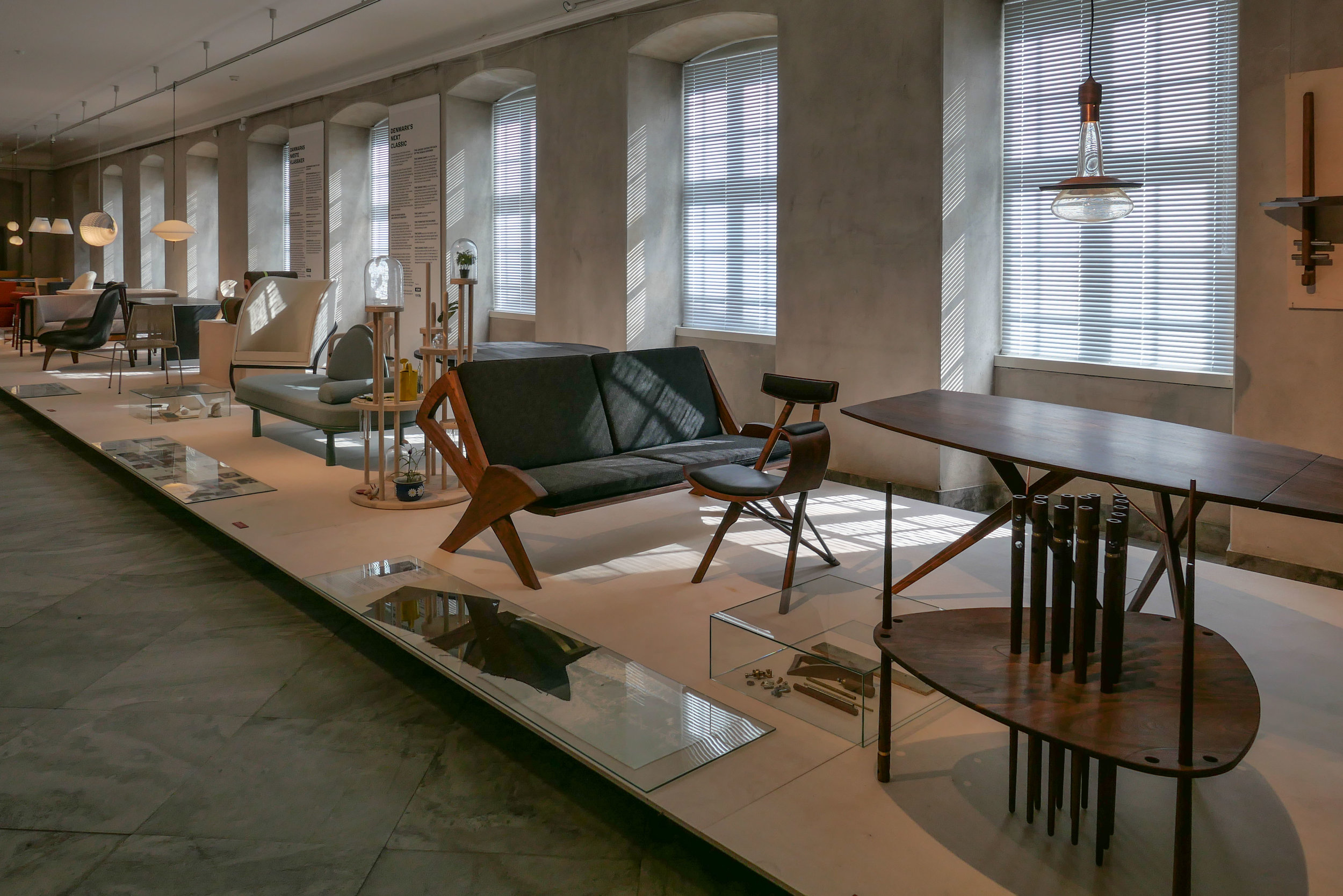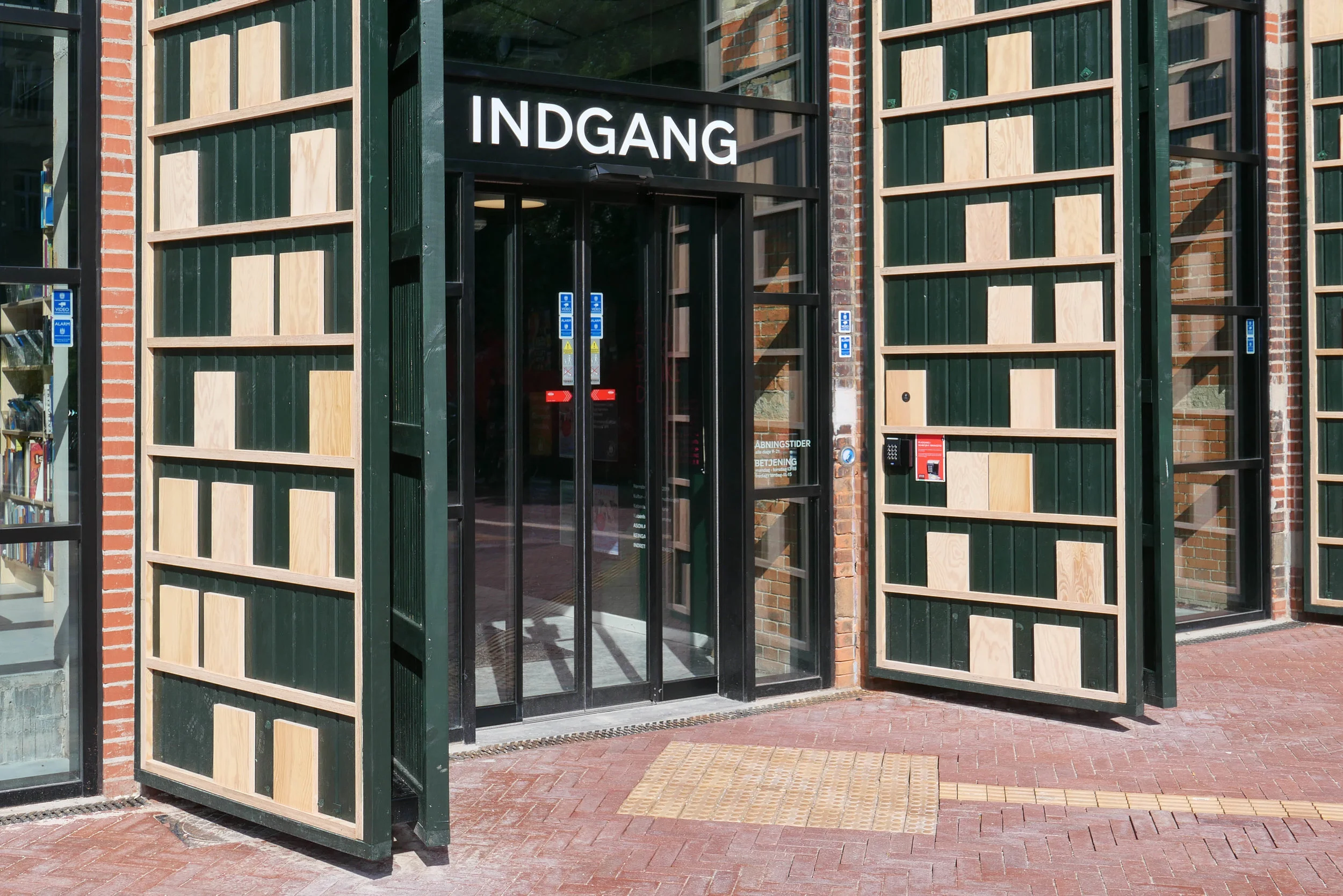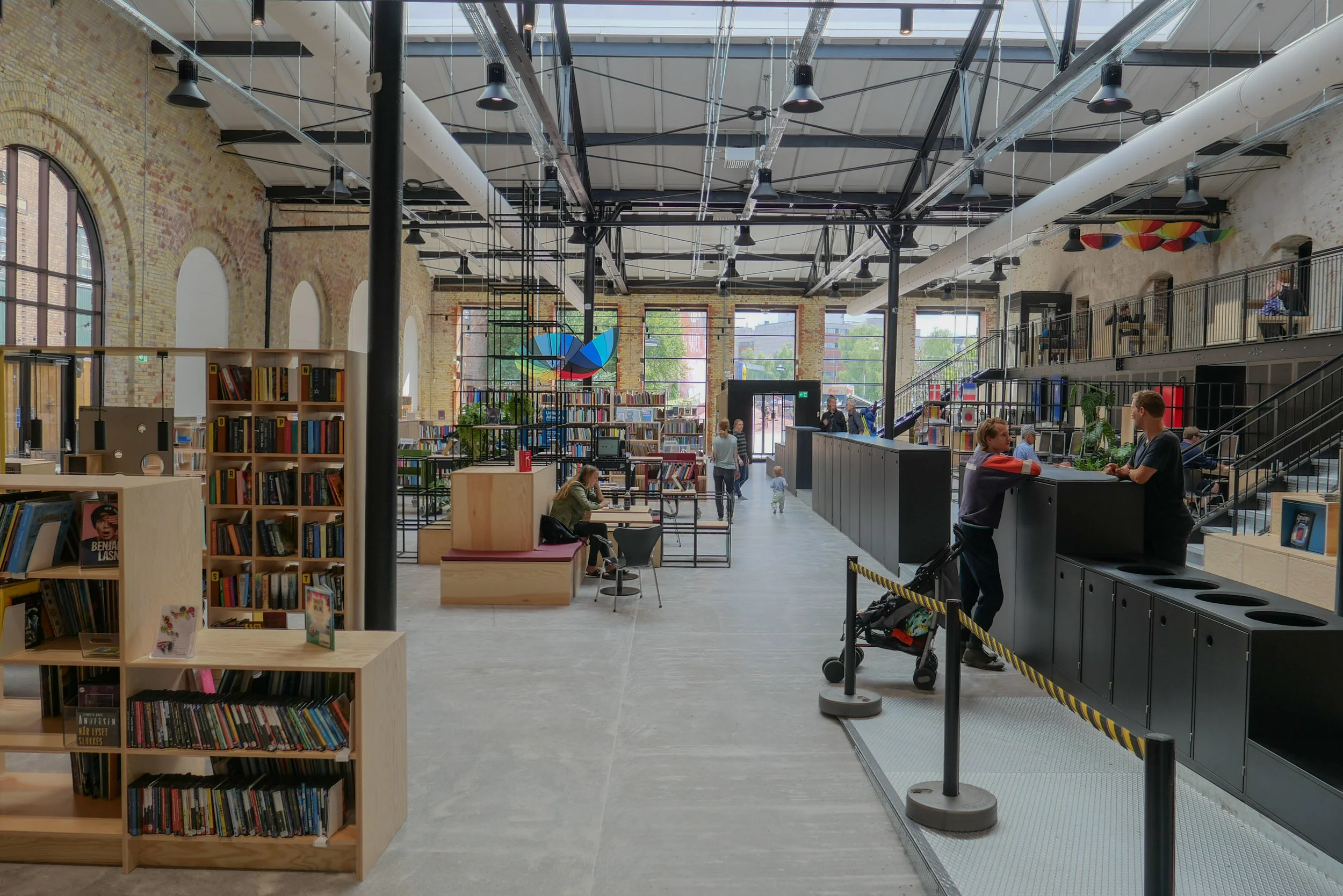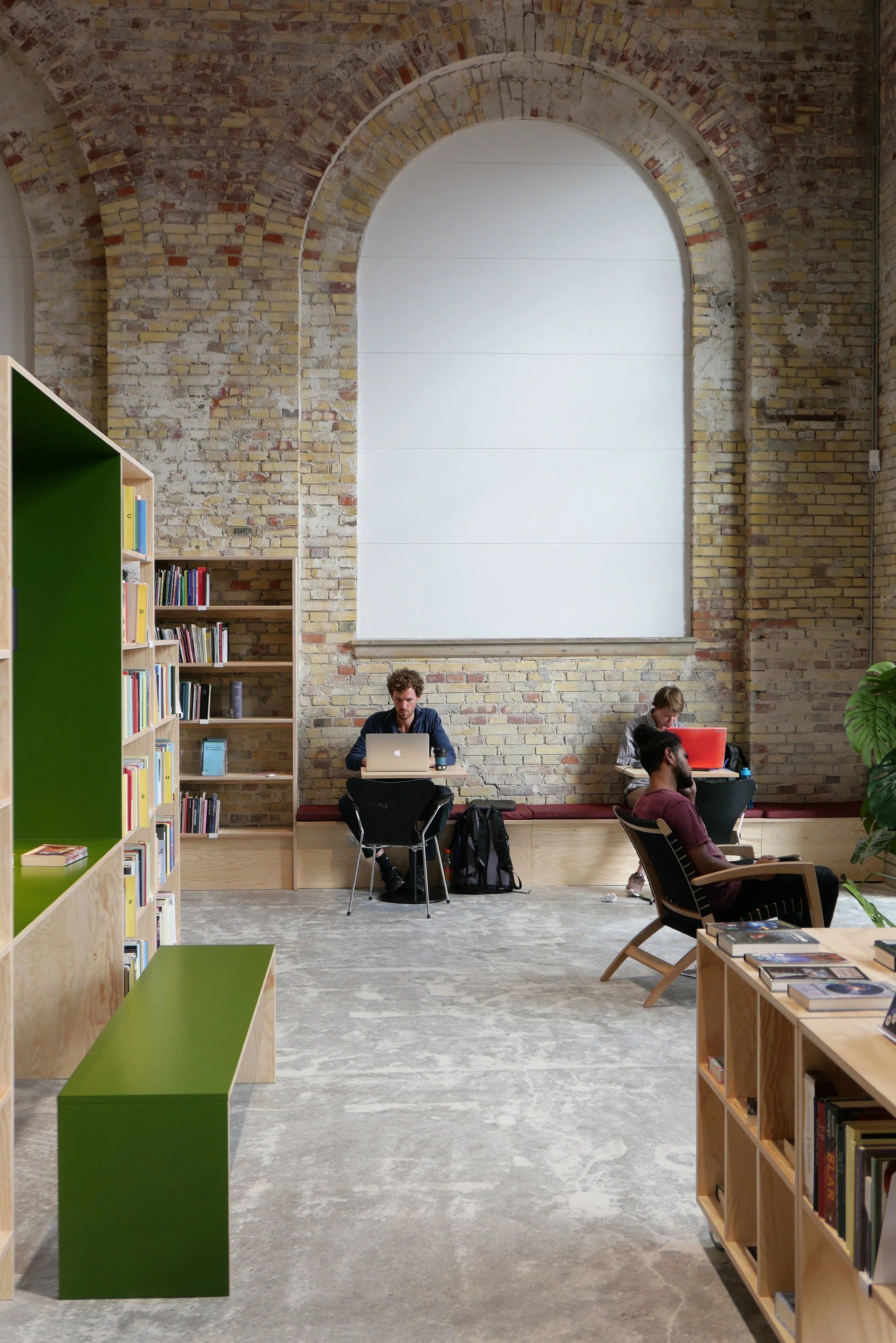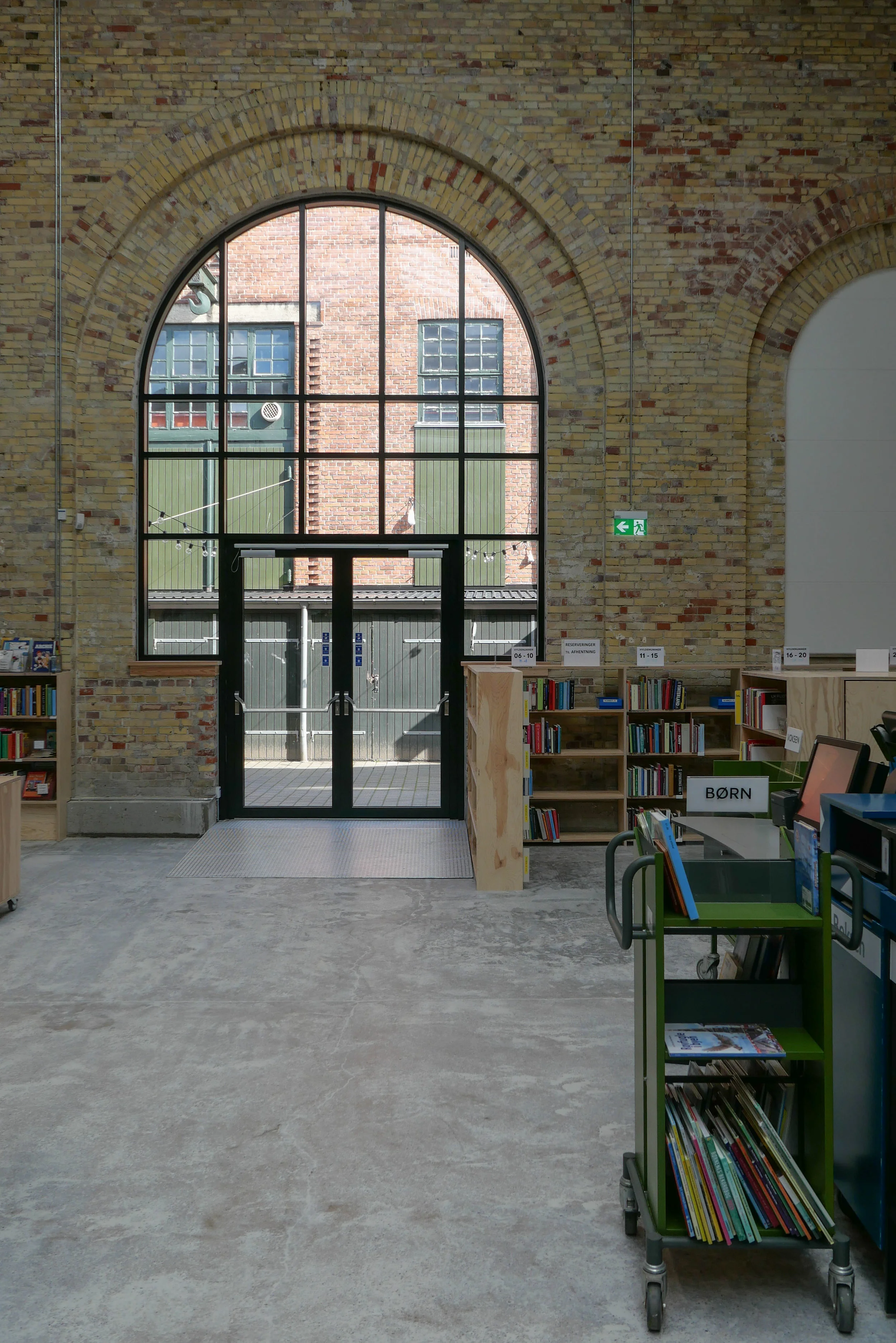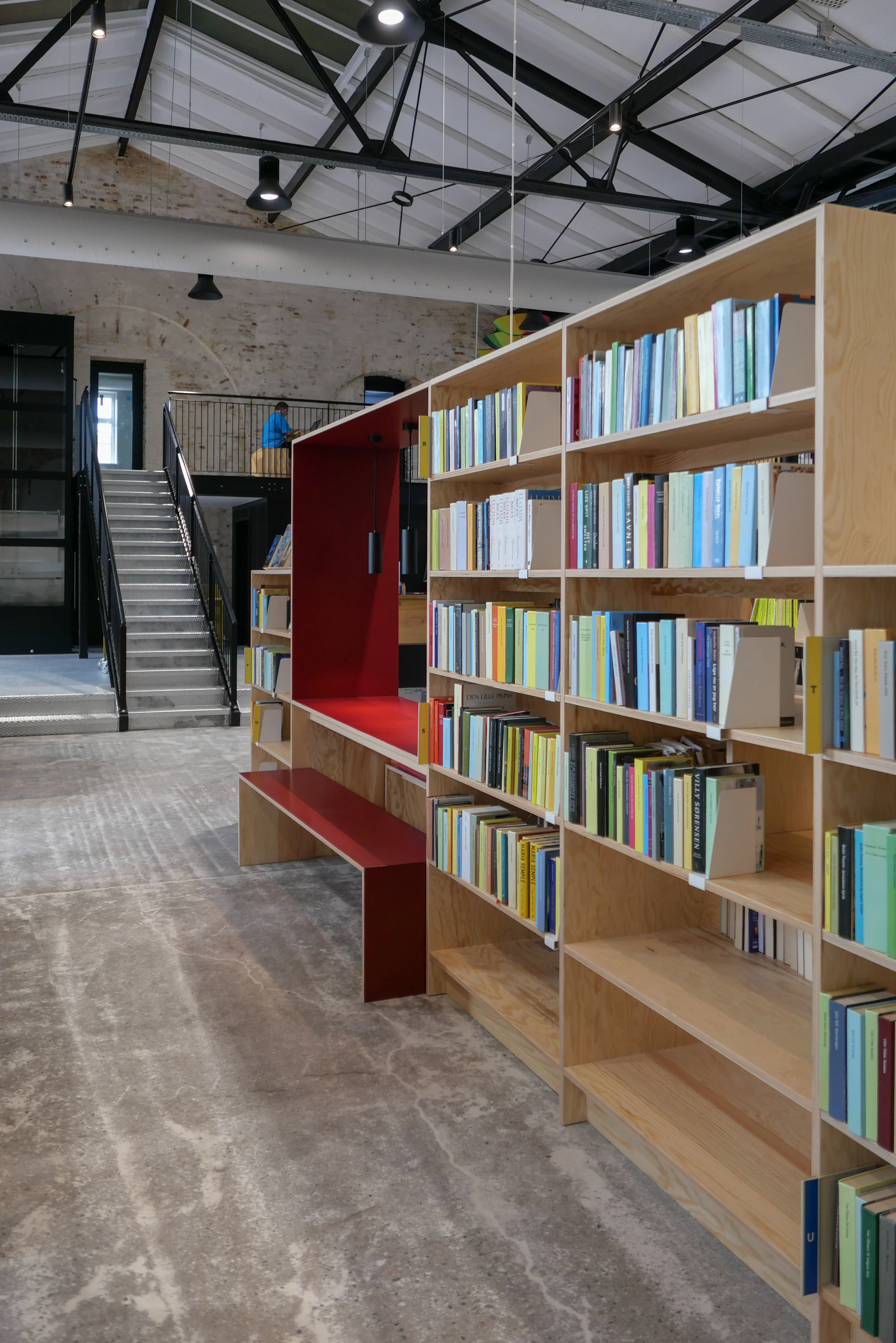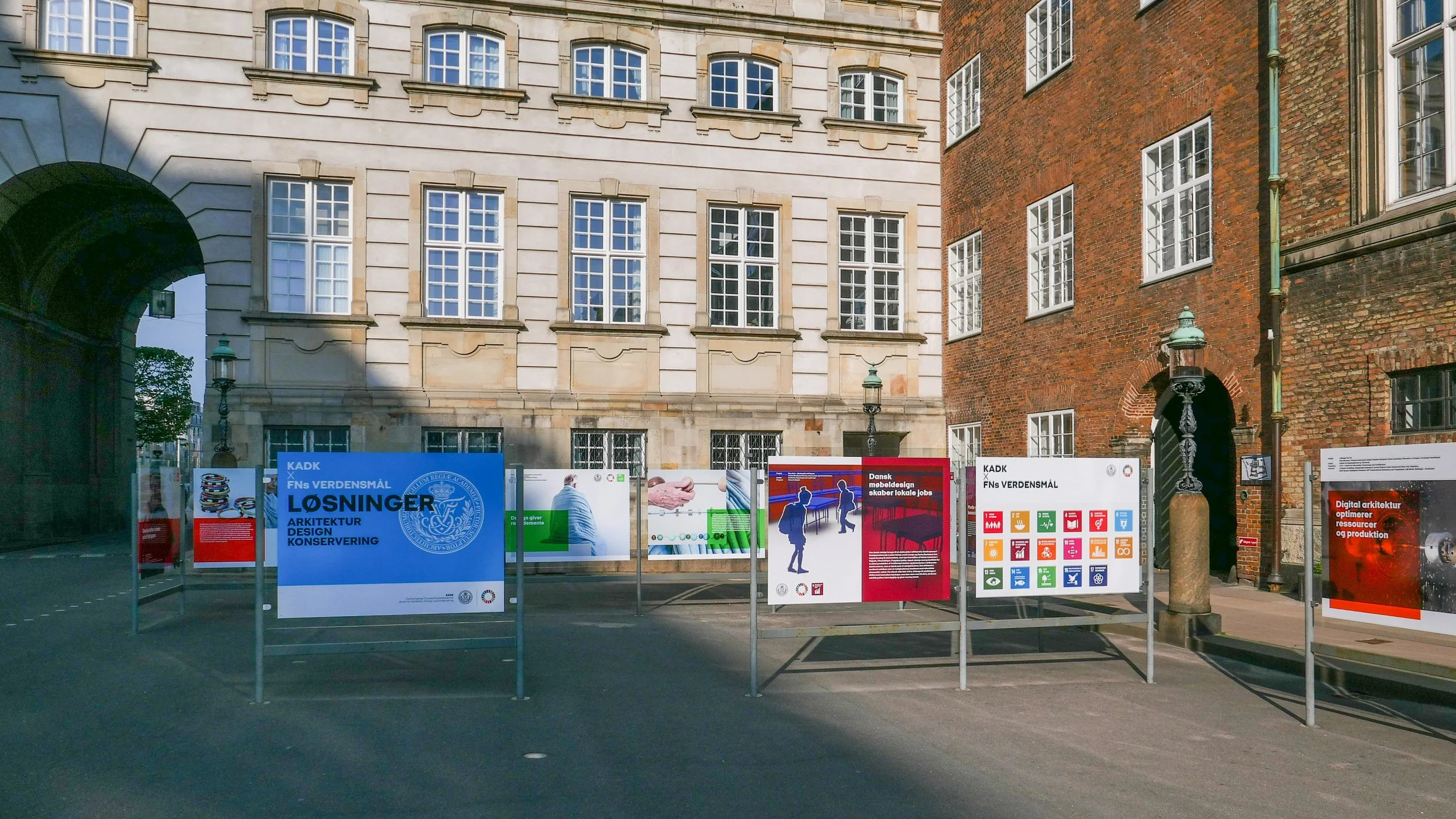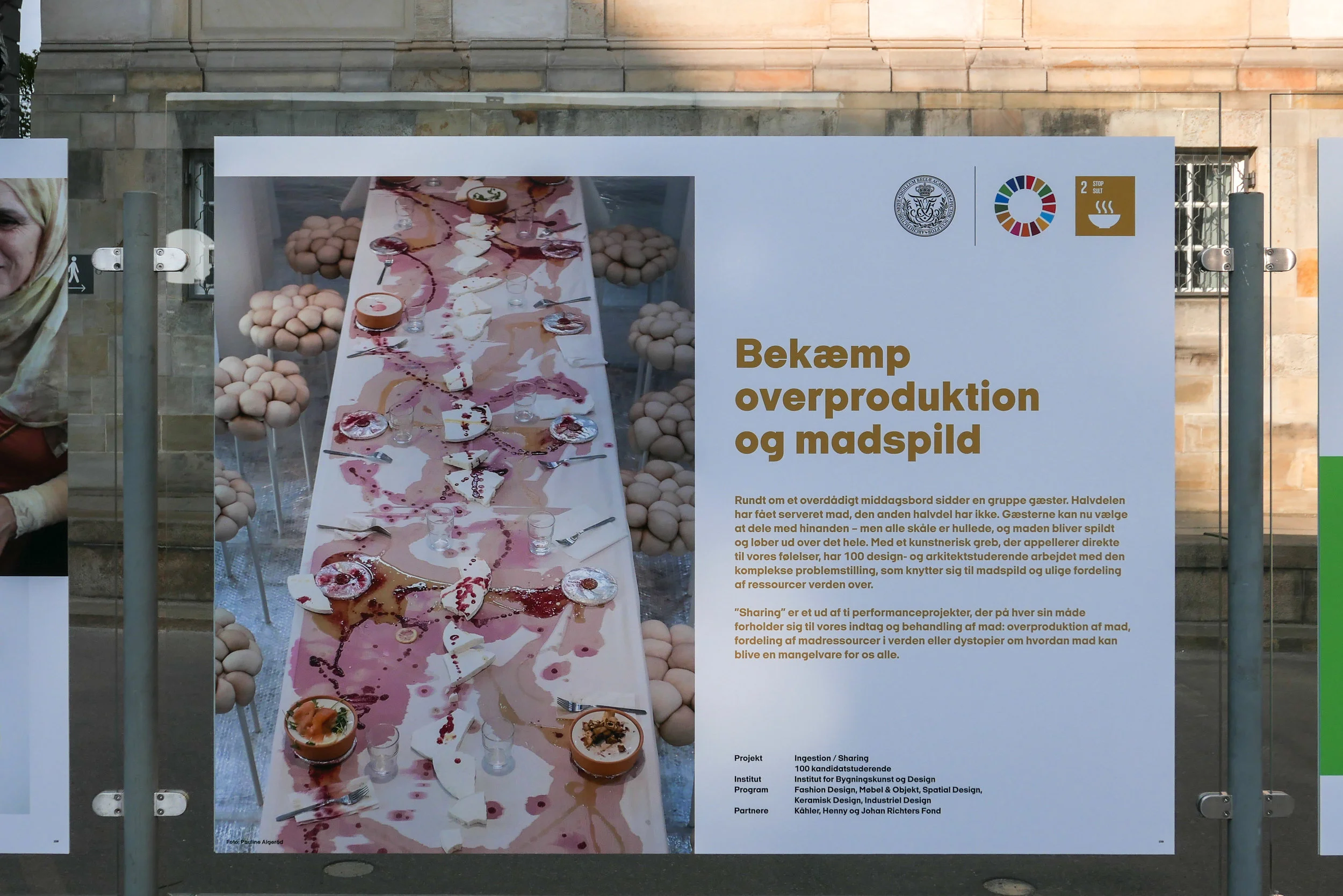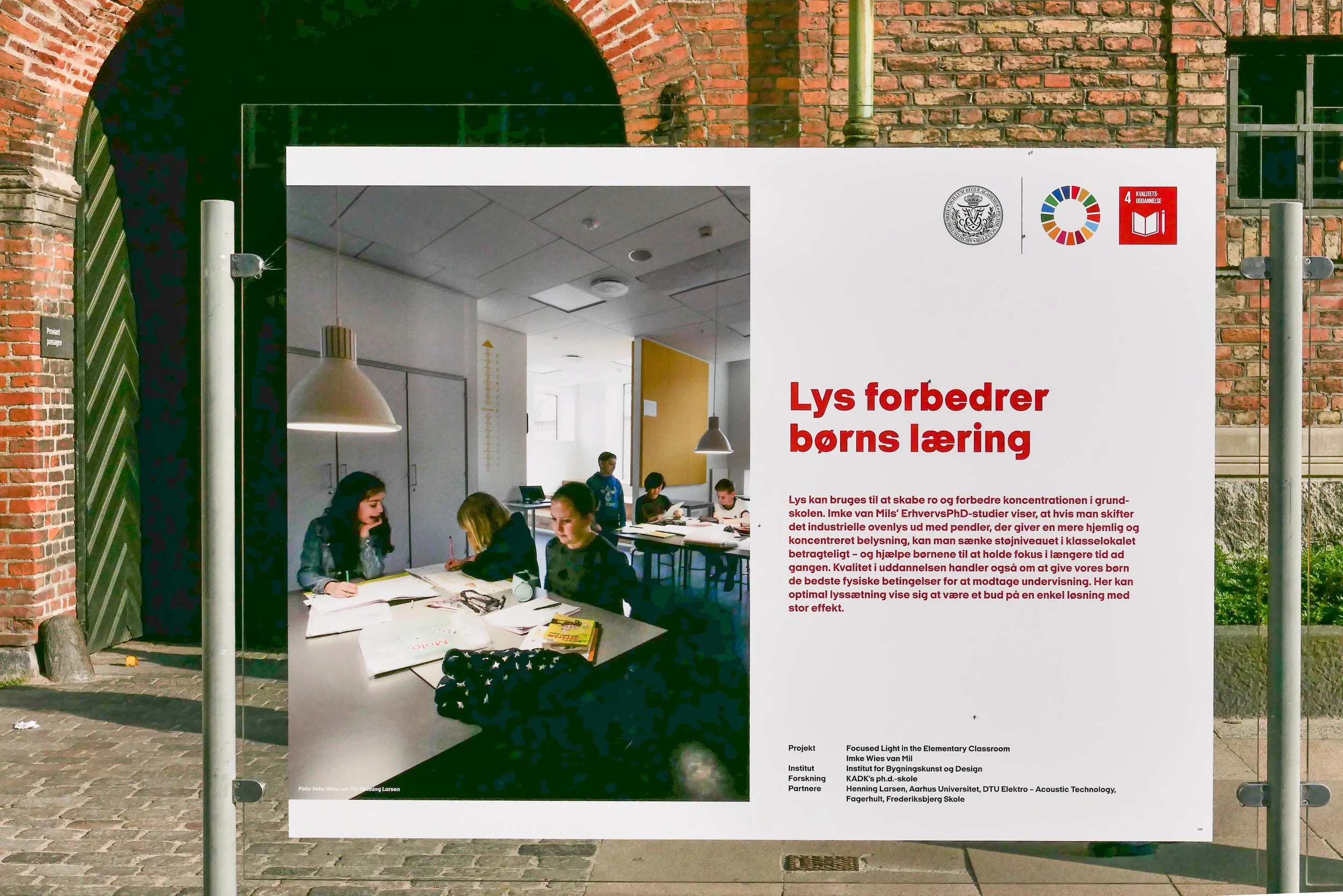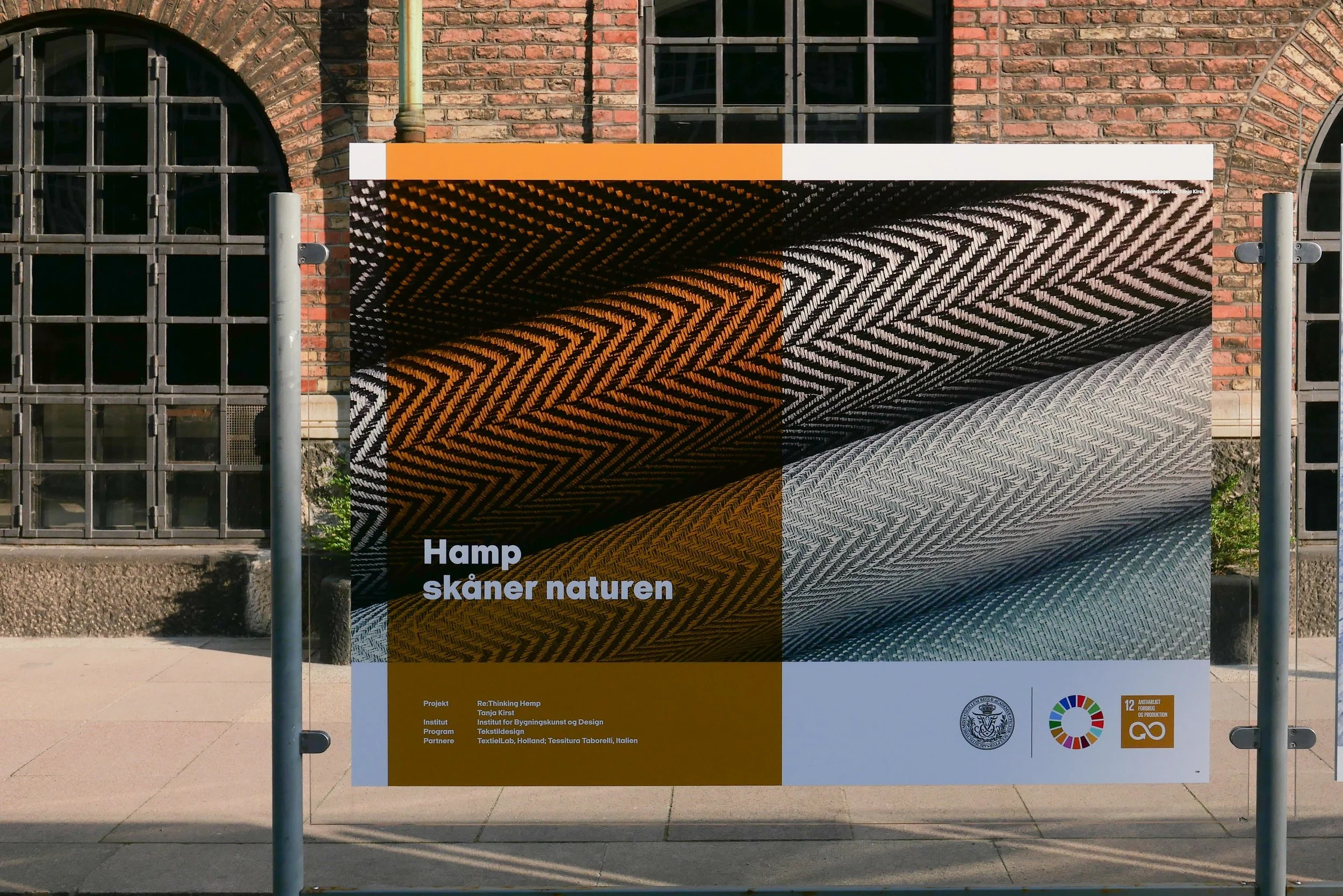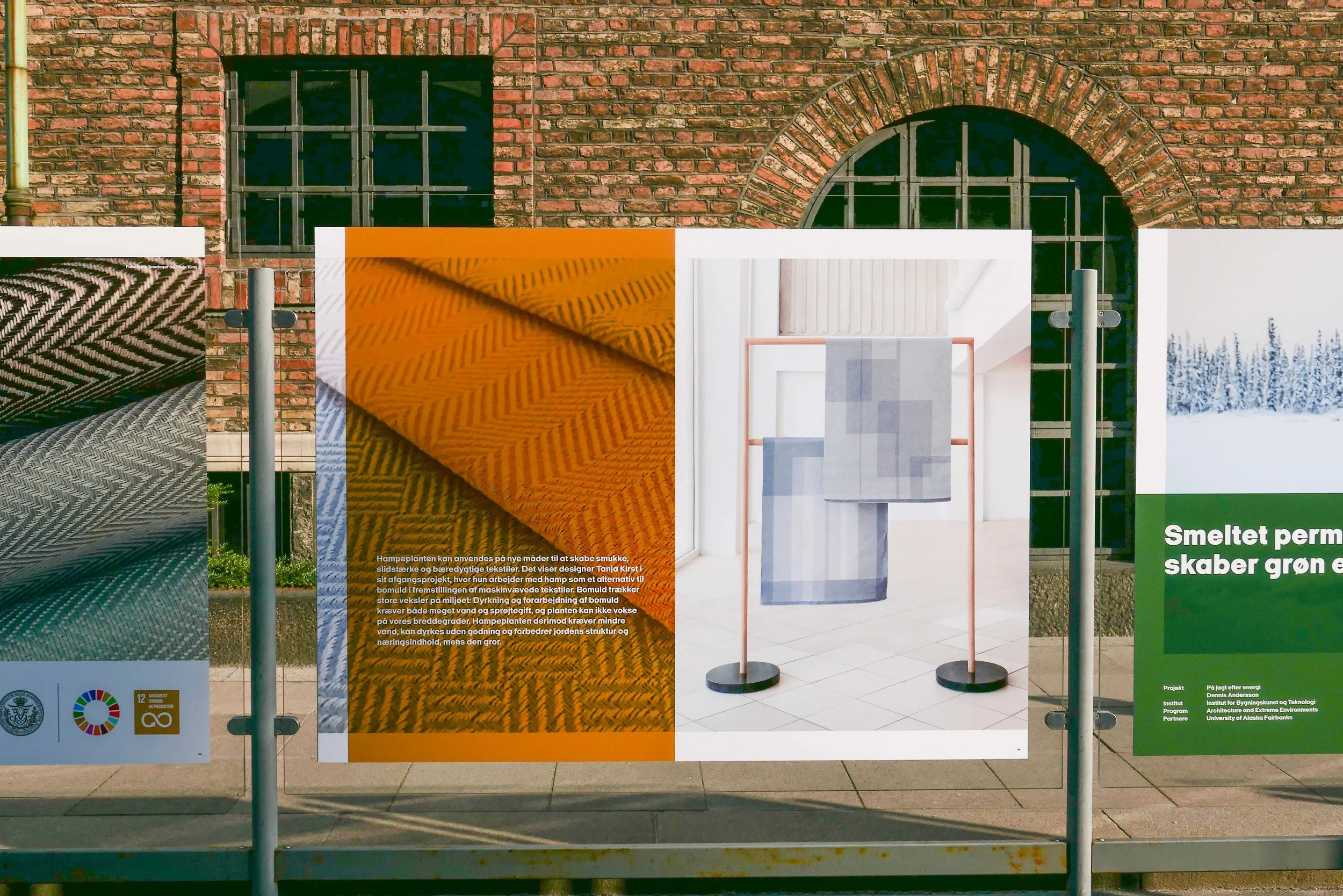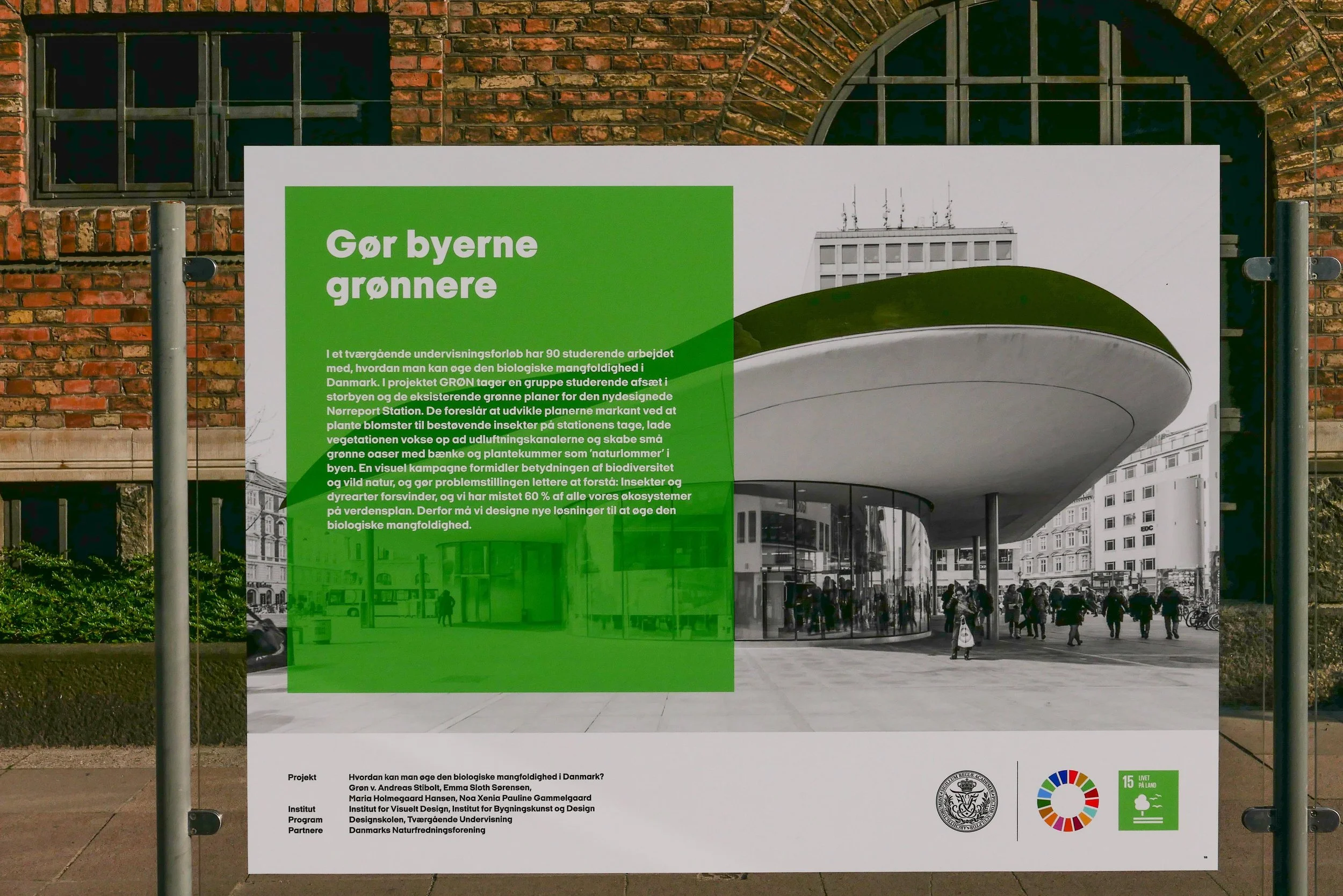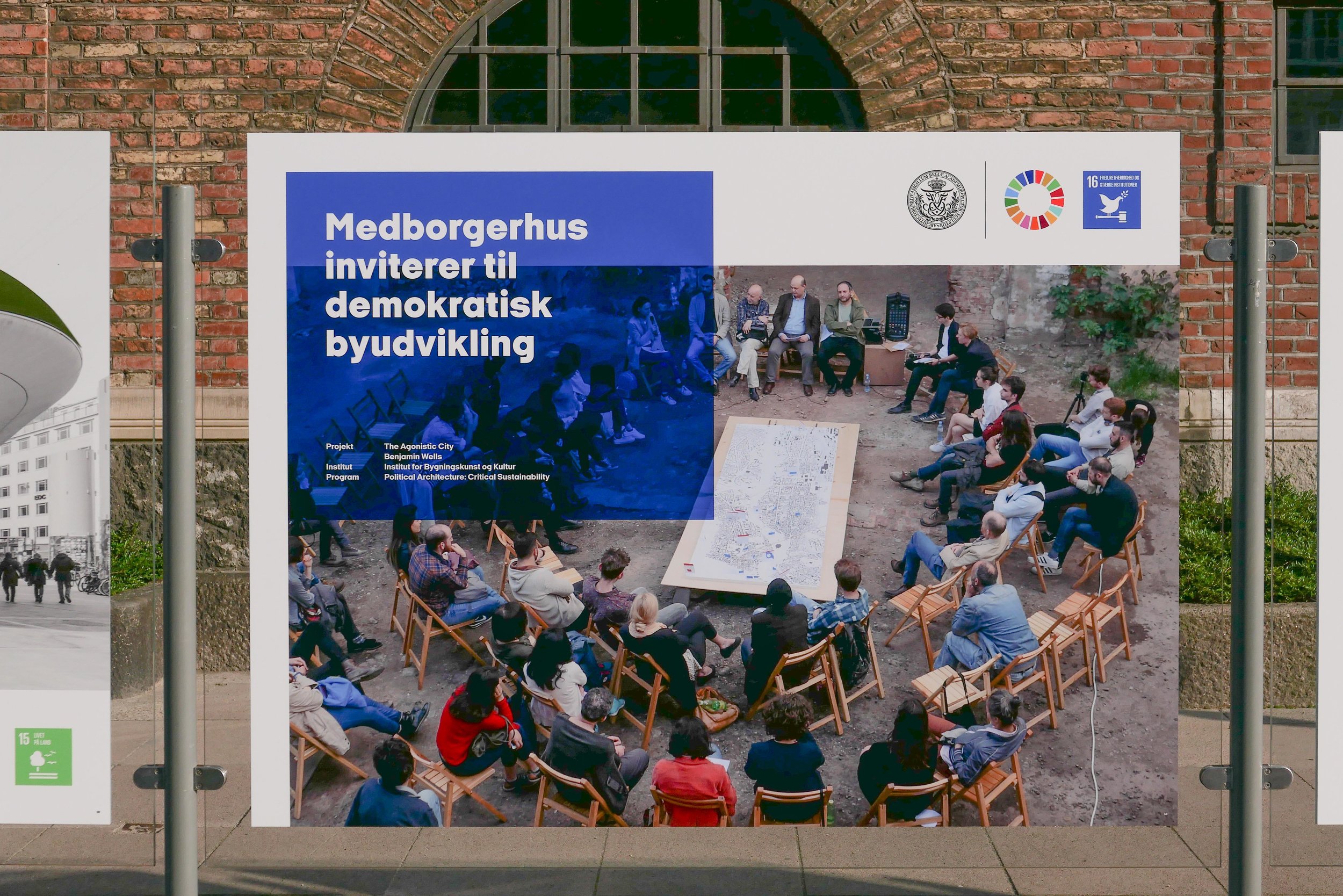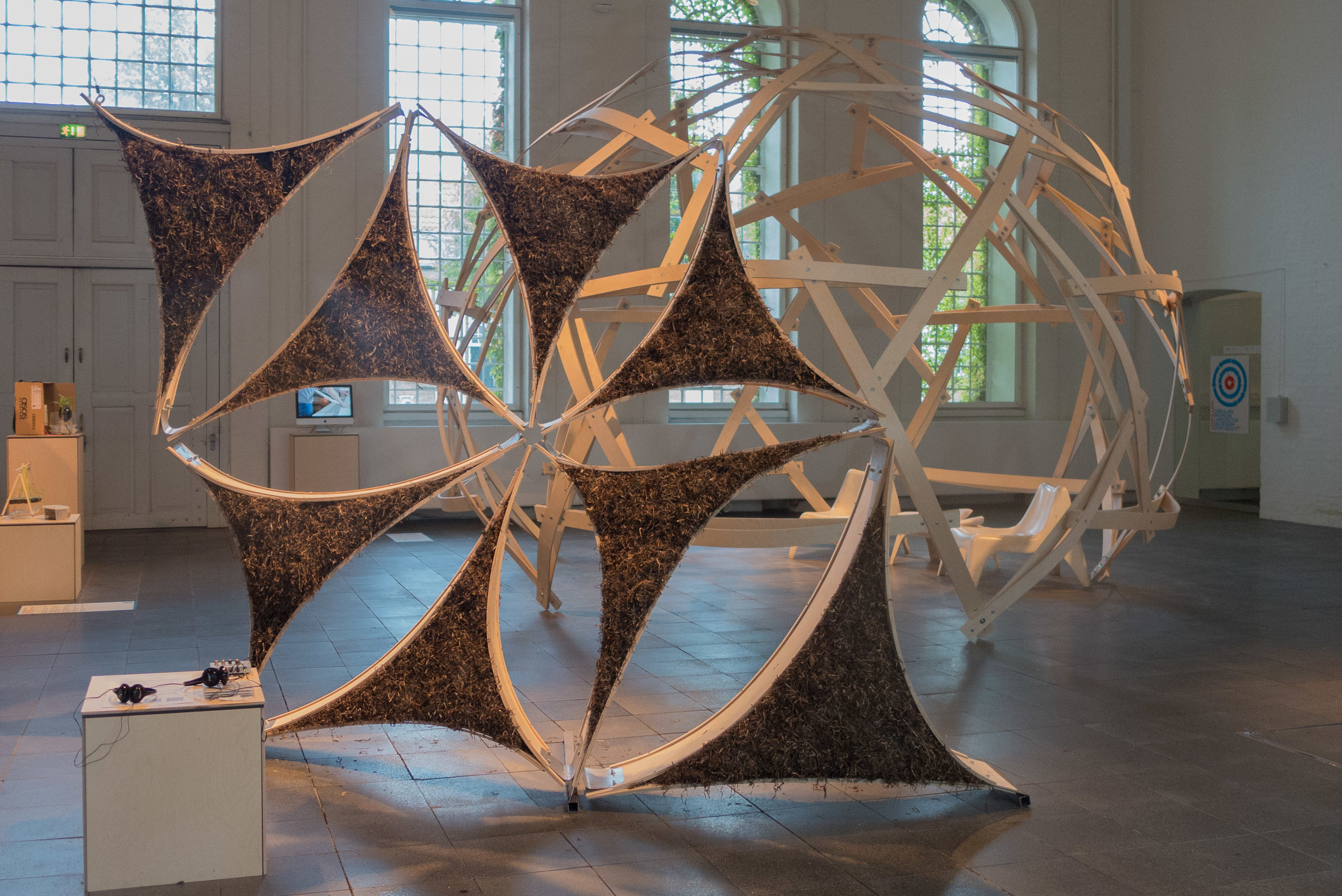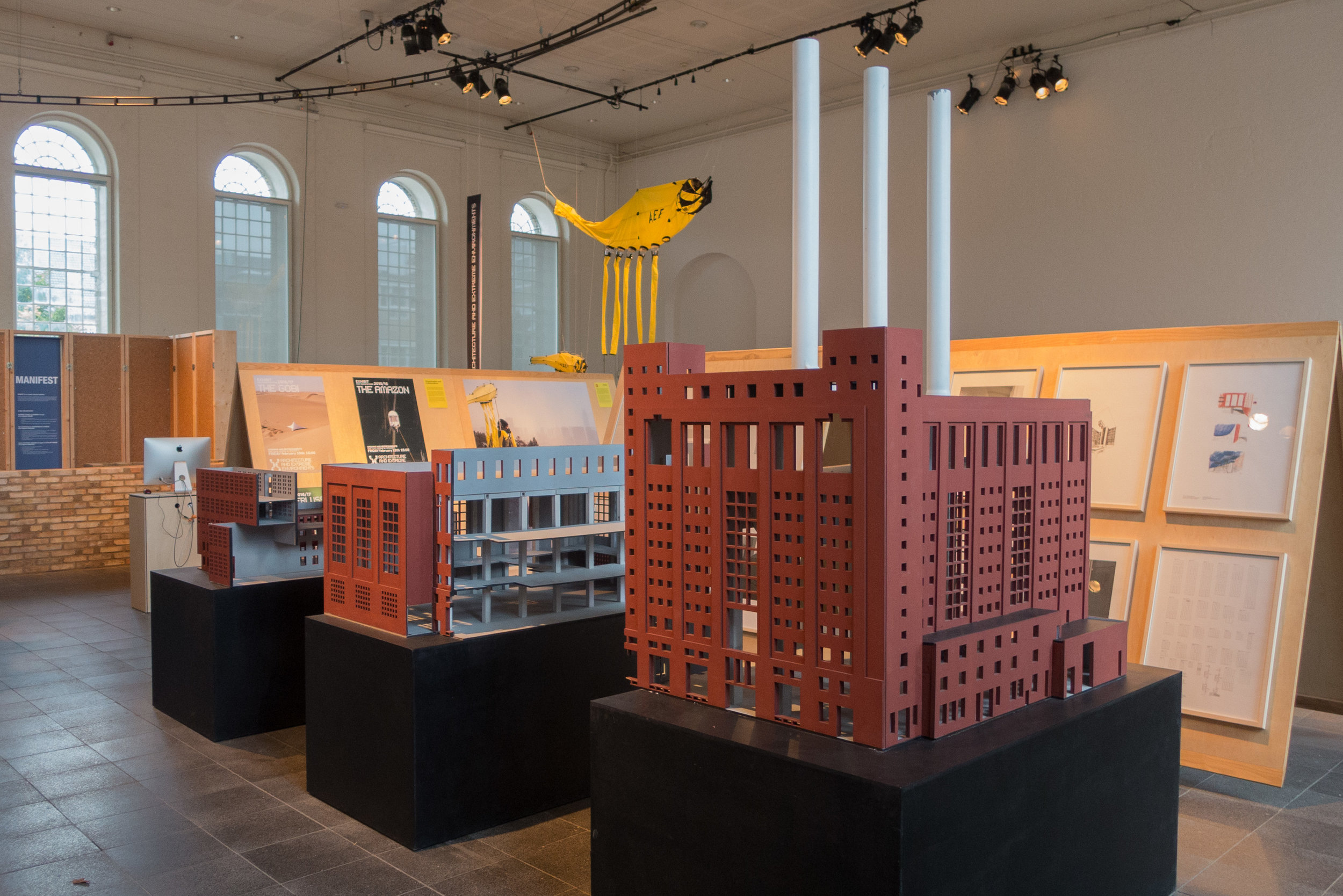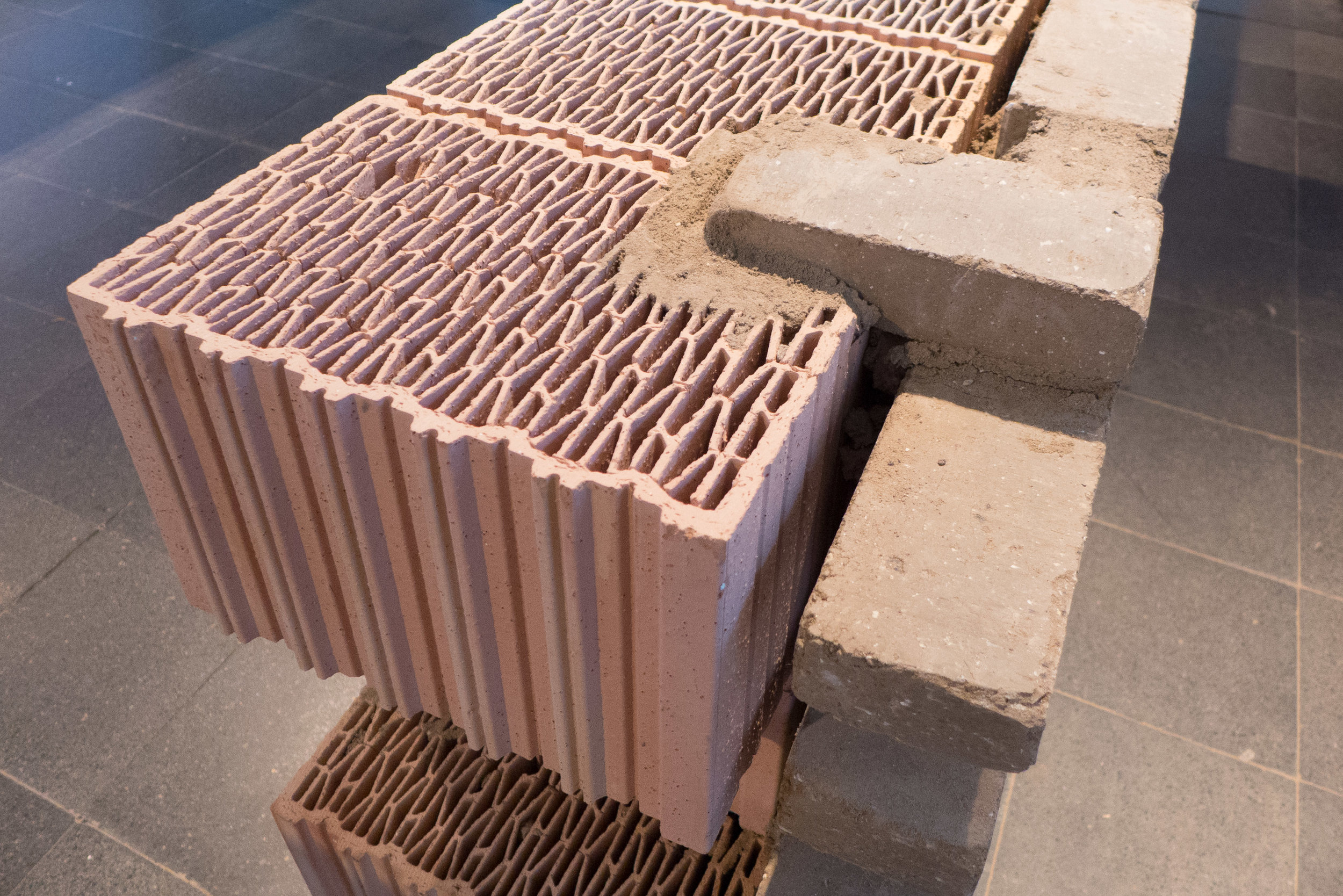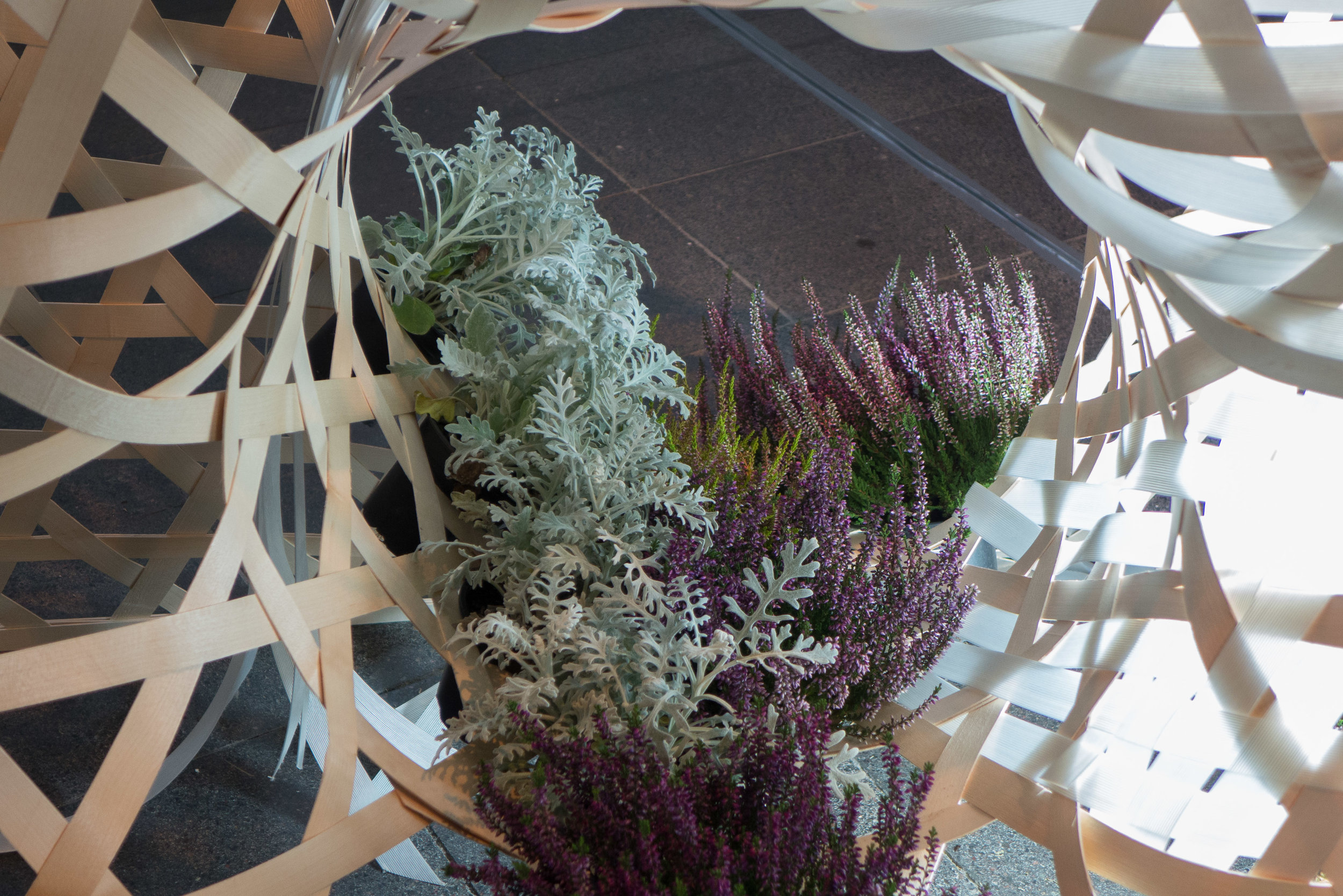Shown in this outdoor exhibition are seventeen innovative study programmes or research projects by graduate students from the Royal Academy Schools of Architecture, Design and Conservation and each represent one of the 17 UN Sustainable Development Goals.
Rigsdagsgården - the courtyard immediately in front of the parliament building in Copenhagen - is an amazing public space that is easily accessible for everyone and has a regular series of open-air exhibitions but, more important, given the subject of this exhibition, it brings these problems - and the urgent need to find potential solutions - right to the doorstep of national politicians.
These are innovative and imaginative projects that show architectural, design-led or conservation solutions to major global problems but all are based on established design principles and the use of existing technology or of technology being developed now.
This is the best of Danish architecture and design that can and should be harnessed to tackle serious problems that have to be resolved now.
Solutions shown here are a response to huge range of serious questions including questions about:
how we can reclaim methane gas from melting permafrost as a source of green energy
how to use sustainable materials to design textiles and make them a preferred choice
how we create healthcare solutions for elderly citizens that involve people and maintain their dignity
that developing traditional handicrafts can be a starting point for women to start a local business
how novel solutions can ensure that people everywhere have access to clean water
design solutions can tackle the problem of over production of food or food waste and encourage people to share food resources to combat hunger
the design of lighting in the class room can be used to reduce noise levels and encourage calm and concentration in schools
research can find a way to use the waste from fish farms to fuel biogas energy
major architectural projects - changing the use of large but now redundant buildings - can reduce inequalities by enabling everyone in a community to participate
hemp can be an alternative to cotton because cultivation requires less water and less fertilisers
Each project is shown across two large panels for maximum impact but are repeated - two or more projects to a panel - on the side of the exhibition towards the pavement - where the text is in English.
There are important statements here from Jakob Brandtberg Knudsen, Director of the School of Architecture; Mathilde Aggebo, Director of the Design School; Rikke Bjarnhof, Director of the School of Conservation and Lene Dammand Lund, Rector of KADK.



